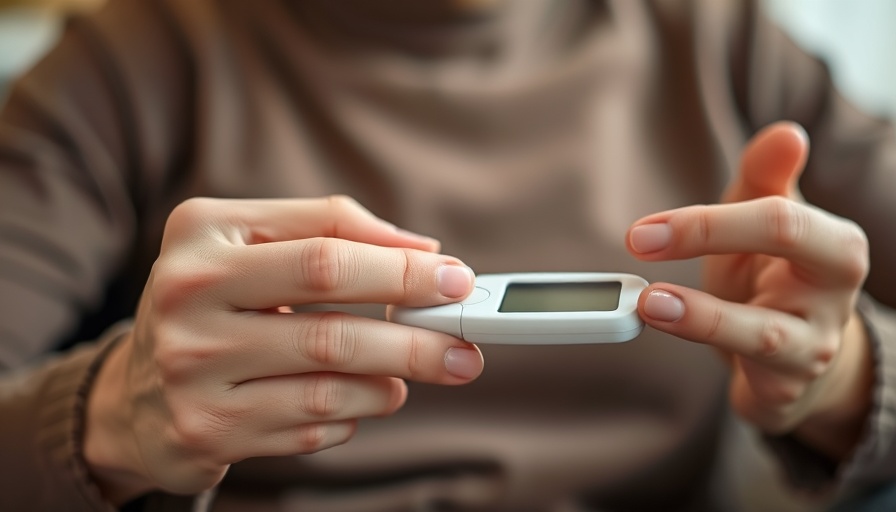
Understanding the Silent Epidemic of Diabetes
Recent research from the Global Burden of Disease study highlights an alarming reality: nearly half of the people living with diabetes worldwide are unaware of their condition. This extensive study analyzed data from over 200 countries, revealing that around 44% of individuals aged 15 and older are undiagnosed. This oversight can have serious health implications, as untreated diabetes can lead to severe complications affecting the heart, kidneys, and vision.
Why Diagnosis Rates Matter
While regions like North America boast higher diagnosis rates, there remains a significant portion of the population left in the dark. For instance, the American Diabetes Association notes that approximately 22.7% of the 38.4 million adults diagnosed with diabetes in the U.S. were unaware of their status as of 2021. This discrepancy underscores the importance of early detection and proactive health screenings, particularly for those at higher risk.
Identifying Symptoms Early Could Save Lives
It's vital to recognize the common symptoms of diabetes, which include persistent thirst, frequent urination, and blurred vision, among others. Many individuals might dismiss these symptoms as benign or associate them with other health conditions, postponing a doctor's visit until complications arise. Encouraging awareness of these signs, especially in younger populations who may not routinely get screened, is essential. Early intervention can significantly alter the course of this chronic disease.
The Importance of Preventive Care
With a staggering prediction that 1.3 billion people will be living with diabetes by 2050, increasing awareness and preventive healthcare measures, such as regular health screenings and nutrition education, are crucial. Proactive health strategies also play a vital role in reducing risk factors associated with developing diabetes and other chronic diseases.
Taking Steps Towards a Healthier Future
Health screenings, proactive healthcare, and lifestyle changes are pivotal in combating the diabetes epidemic. Individuals are urged to engage in regular check-ups, maintain a balanced diet, and prioritize physical activity. Understanding one’s health status can empower individuals to make informed decisions about their lifestyle and overall well-being. As we embrace a holistic approach to wellness, prioritizing preventive measures can lead to healthier outcomes for ourselves and our communities.
 Add Row
Add Row  Add
Add 




Write A Comment